Candles
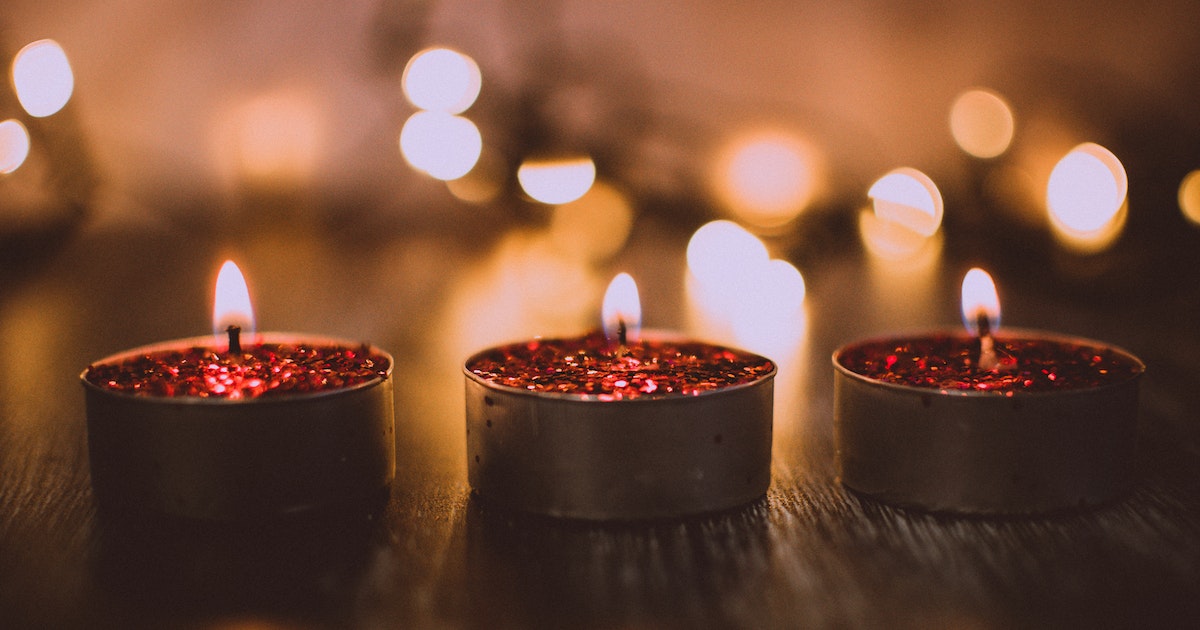
Plenty of people enjoy the calming ambience and enticing scent emitted by a candle, especially as winter approaches. Just be warned – don’t get so relaxed that you forget to blow them out before you hit the hay, as it’s believed that as many as 25 candle-related fires break out every single day. That might not sound like many, given the population of the USA, but if you light candles, it could be you. Don’t light too many at once and don’t forget to extinguish the flame before you go to bed.
Power tools
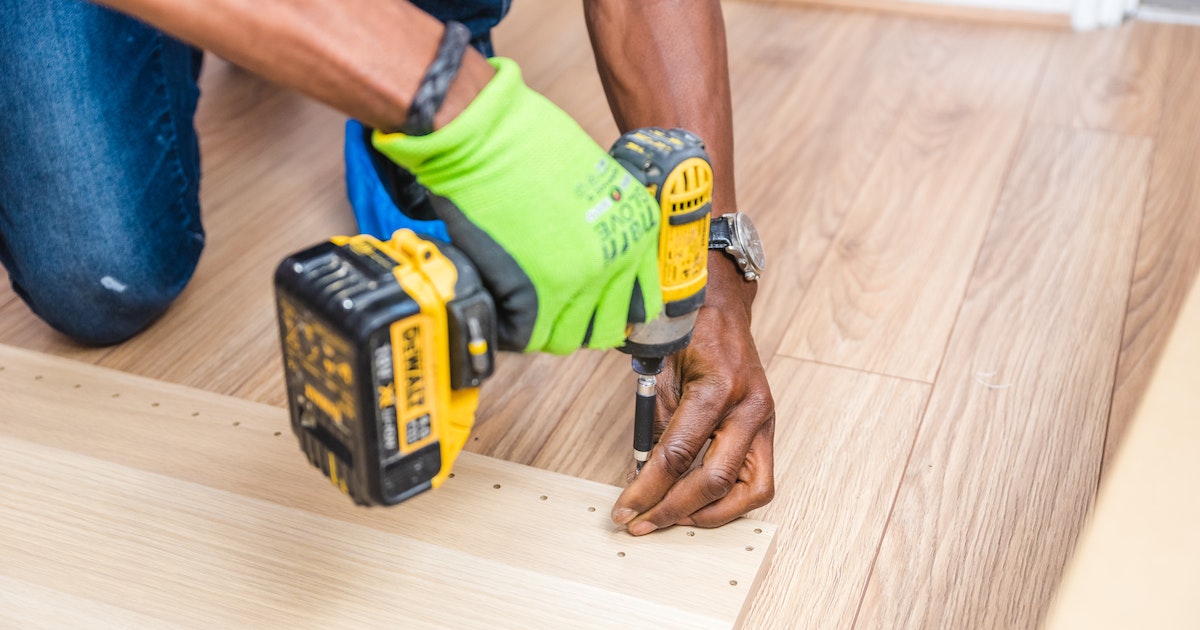
It rather goes without saying that you should treat power tools with respect, and that if used incorrectly – or not properly maintained – the use of power tools can lead to severe injury or fatality. It’s not pleasant to consider all the ways that power tools could maim or kill you, but care and common sense need to be front of mind. Power tool injuries account for up to 400,000 visits to the emergency room each year, according to the Occupational Safety and Health Administration – and that’s not including the worst case scenario.
Household plants
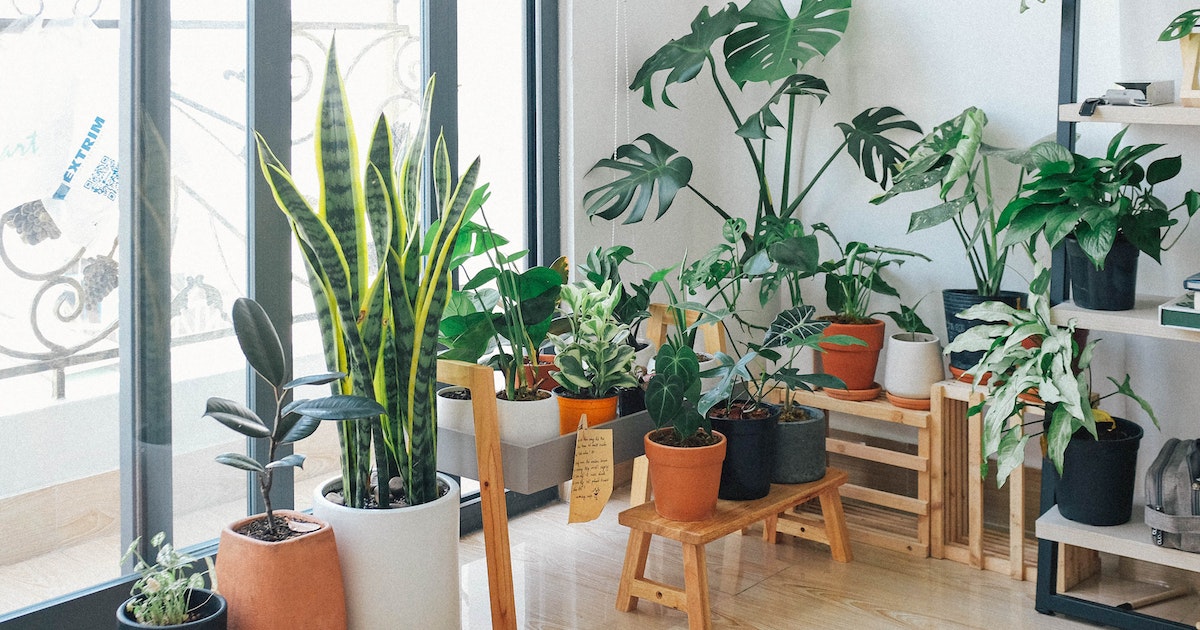
Many of us like bringing nature inside for a pretty effect in our homes. After all, the sight of a healthy houseplant can really lift the mood. But be mindful if you have pets or kids – plants such as daffodils, irises and ivy are poisonous when consumed, according to the National Capital Poison Center. If you’ve got children, whether furry or human, keep your leafy green babies out of reach just to be sure.
Dryer lint
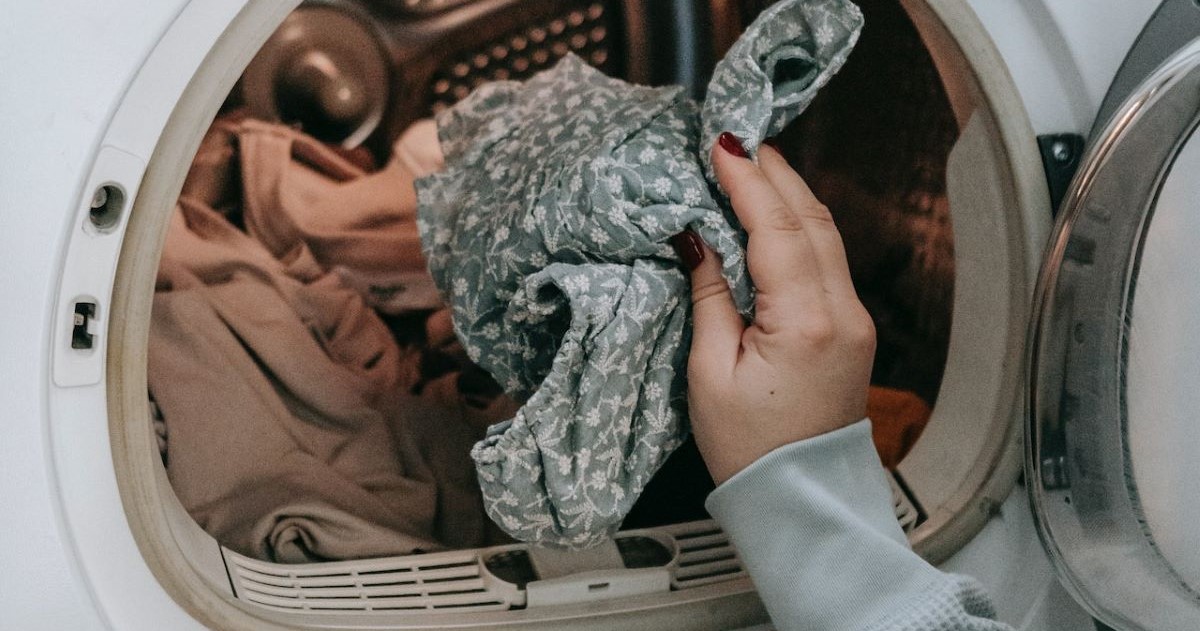
That soft, warm gathering of fluffy grey lint in your dryer couldn’t hurt anyone, surely? Think again. The U.S. Fire Administration says that failing to remove lint from the dryer causes almost 3,000 dryer fires each year, resulting in 100 injuries and five deaths per year. Not a risk worth taking – just clear it out after every load for a well-functioning dryer and one less risk to you and your family.
Your gas range
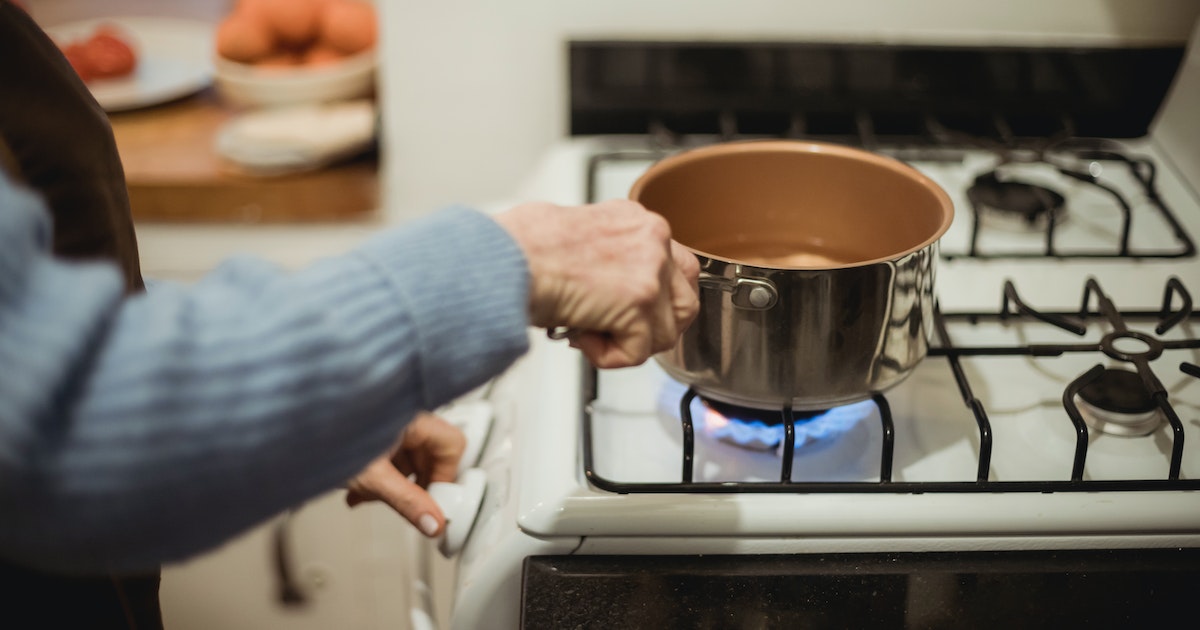
If not properly maintained, your gas range could be a source of carbon monoxide, which The Centers for Disease Control and Prevention (CDC) states is the leading cause of poisoning death. You might not think of that as the first risk to your health in the kitchen, but carbon monoxide has no scent so you won’t smell it. An exhaust vent overhead is a prudent move – just remember to switch it on along with your range.
Kitchen knives
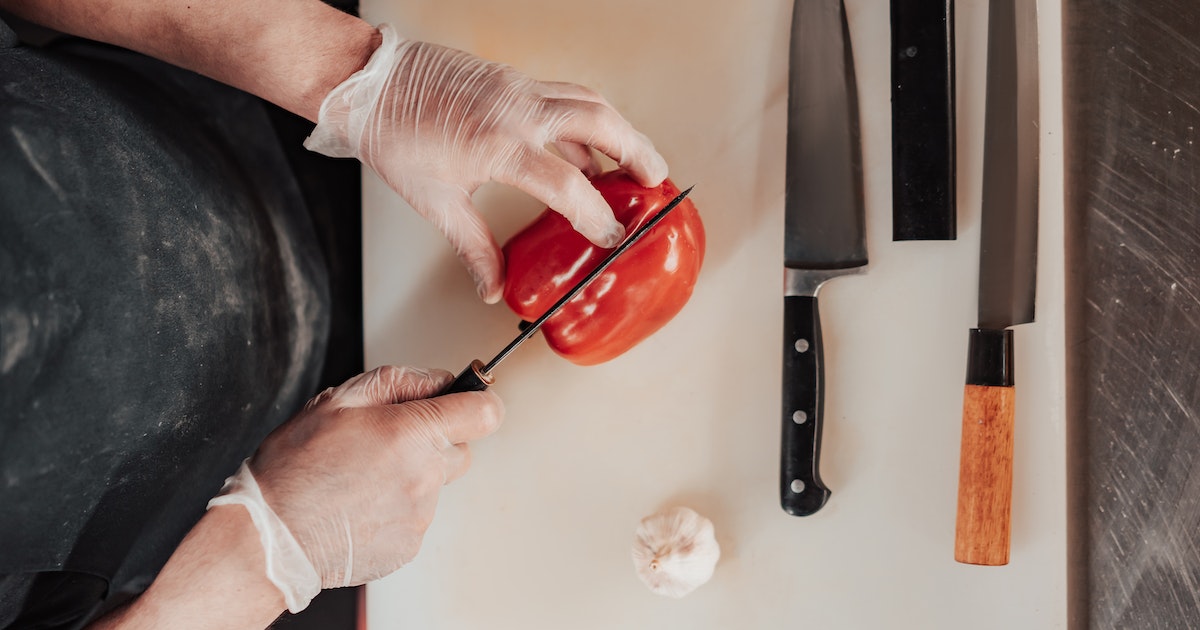
Obviously, your knives are an important resource when it comes to cooking, and you’d not be able to prepare a delicious meal without reasonably sharp ones. Positioned in a nice holder or looking all shiny on a wall mount, they can even imply that you’re a talented home chef with hidden culinary skills. Fancy that! Having said that, it only takes one slip to injure someone, and the consequences could even be fatal.
Your bed

Seriously? How can that be right? You would be forgiven for thinking that this is a sneaky joke, tucked in here to catch you out. Nope, it’s not. A study by the CDC found that, in the decade from 2004 to 2014, 737 Americans died every year just by falling out of bed. We’ve all done that – sometimes you find yourself rudely awoken on the floor after a tumble from bed. But in fact, you’re more likely to die from falling out of bed than in a plane crash. You’re gonna need a bigger bed.
Extension cords
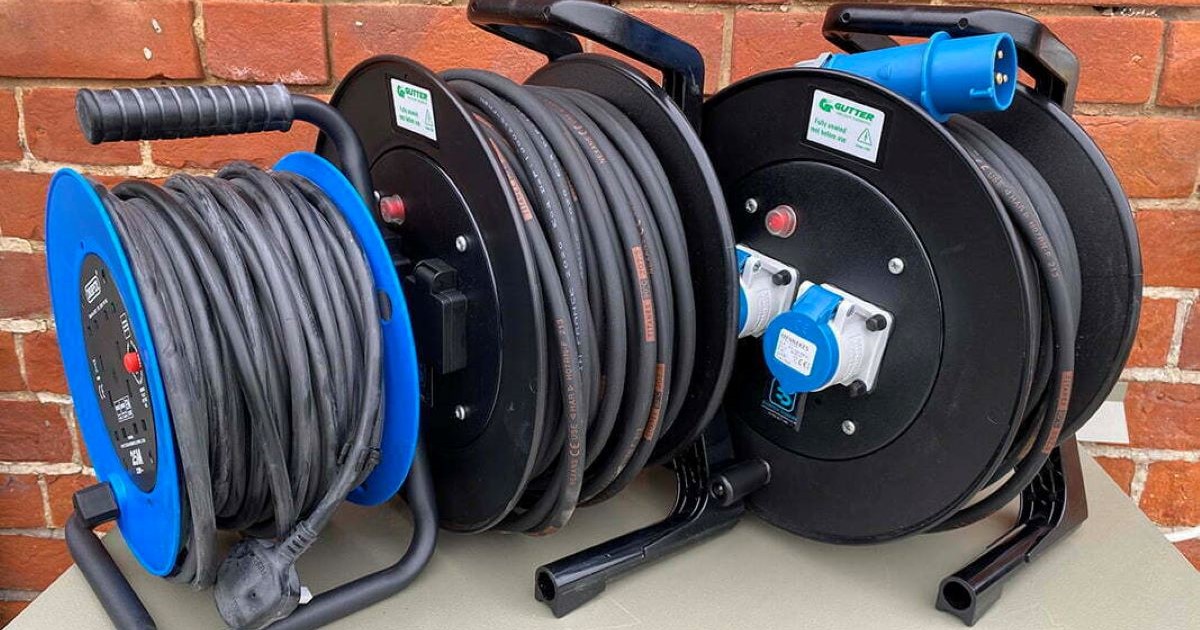
OK, obvious trip hazard – and that bright orange cable color might make them obvious, but it doesn’t stop people being clumsy. What’s more, a faulty extension cord is a major fire risk – according to the CDC, extension cords cause over 3,000 residential fires a year, which results in an estimated 50 deaths every year. Take care when using an extension cord, and put it neatly away after every use.
Air conditioners
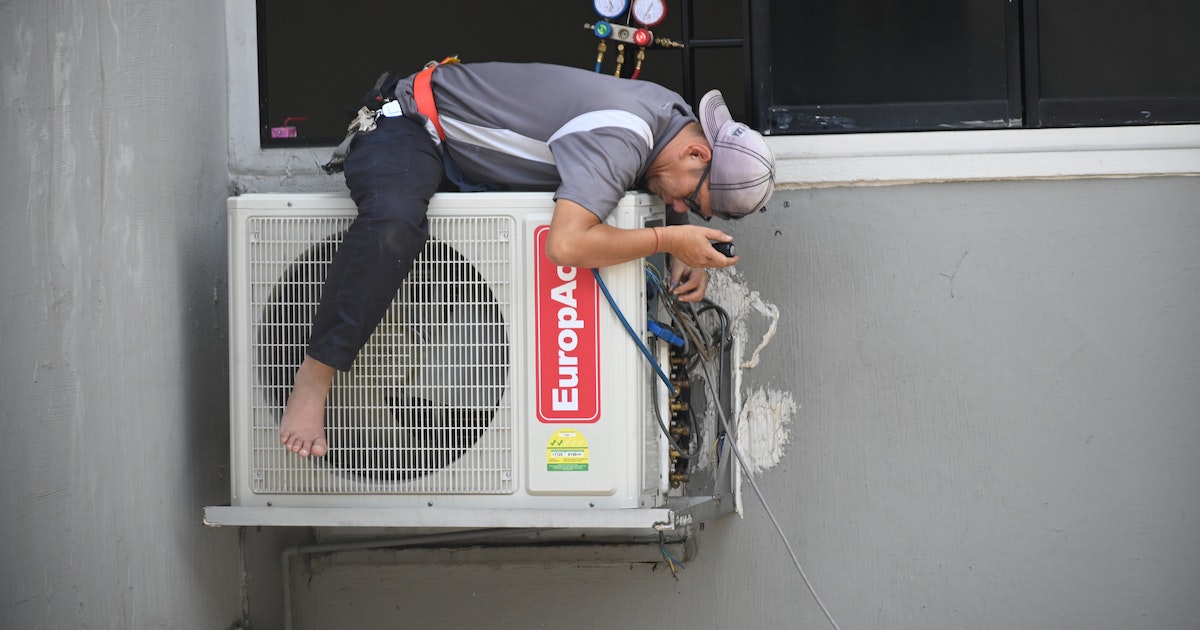
For many of us, the AC is a must-have, especially during high summer. However, the coolant (known as refrigerant) isn’t so cool if it’s leaking out of your AC unit. Ever heard of refrigerant poisoning? Well, it’s a risk that comes from a leaky AC, and it can lead to heart palpitations, seizures, and a restriction of oxygen to your lungs and cells which can ultimately result in death. Oh, and your AC might not be so effective either.
Flame retardants
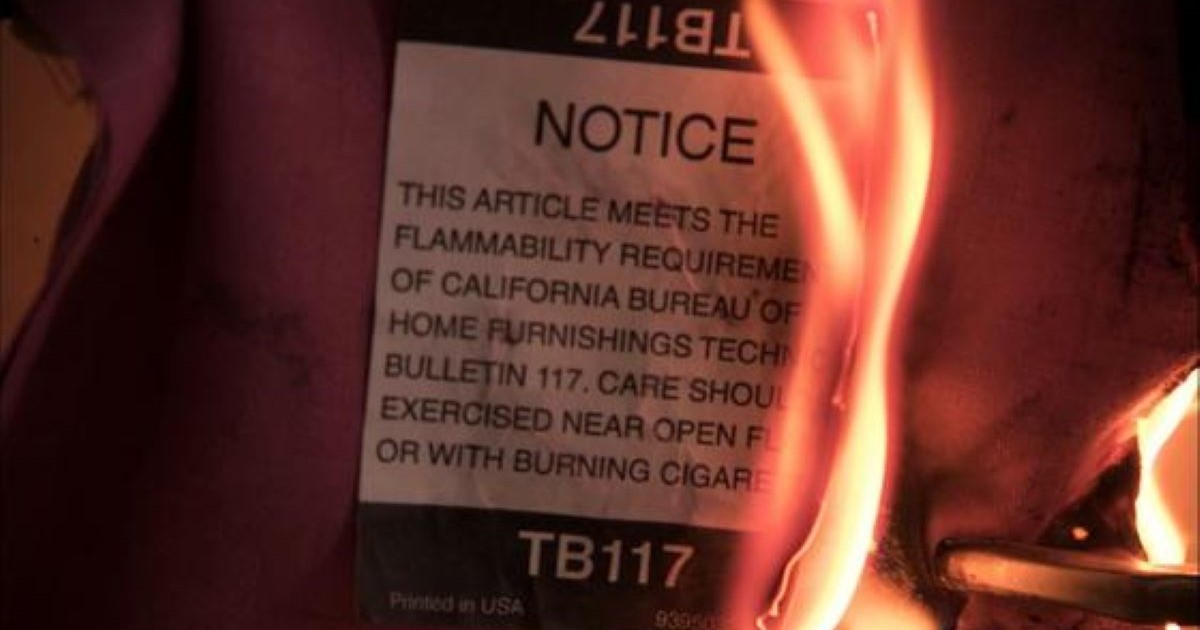
These chemicals, designed to reduce the risk of your couch or mattress catching on fire, are more likely in older furniture but without any kind of indication of such. Newer pieces from 2014 onwards could be marked with TB 117-2013, which refers to California’s 2014 Toxic Furniture Right-to-Know Bill. This will also disclose whether they contain any added flame-retardant chemicals
Magnets
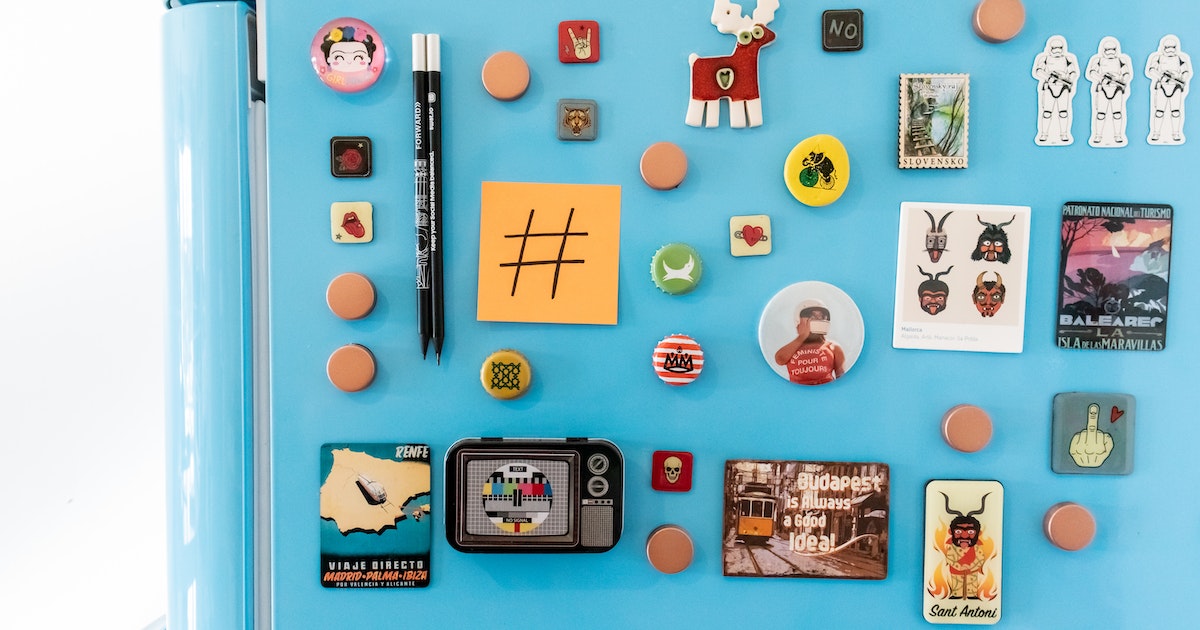
Those colorful, cute little magnets that are decorating your refrigerator etc. Yep, those. Hardly something you’d approach with caution, but if swallowed, small magnets can stick together and trap and compress portions of the bowel wall between them. That doesn’t sound good, especially when you hear that, according to the American Academy of Pediatrics, this could lead to perforation, ischemia, sepsis and bowel obstructions in children. Yikes.
Lead paint

Old, flaky paint looks unsightly and can bring down the aesthetics of your home. But worse than that is the prospect of lead paint – if your home was built prior to 1978, it might well have lead paint. Exposure to lead can cause developmental delays, abdominal pain, neurological changes and irritability, according to the Mayo Clinic. A bad mood might be the least of your worries – at very high levels, it can be fatal. If you think you have lead paint, find out how to remove it safely.
Aerosol sprays
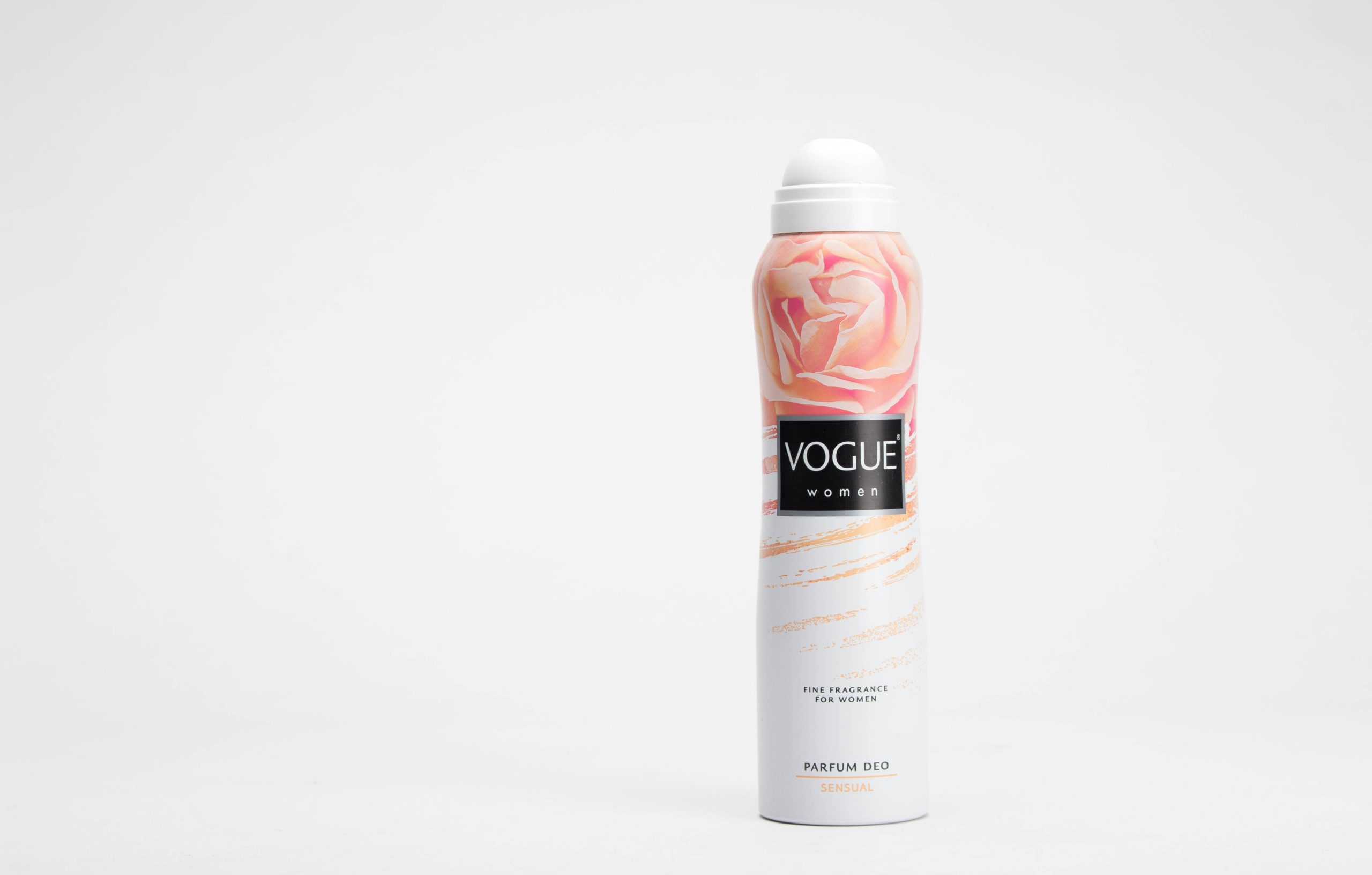
While not exactly something you look at and think of as a risk to life, people have been known to overdose on aerosol fumes (whether by accident or misadventure). Oh, and every so often one can explode and take the unwitting victim with them via a blow to the head. So next time you grab some more hairspray or you’re in need of some deodorant, just be a little bit mindful of the risk. It’s small, but it’s there.
Black mold
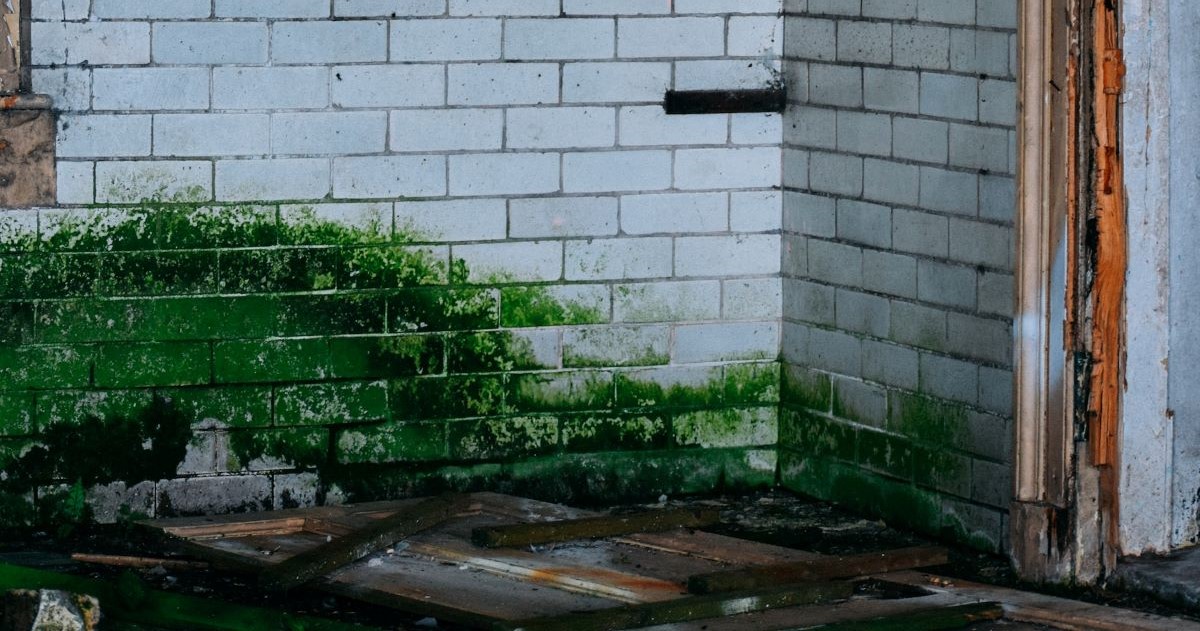
It looks awful, it makes your home smell and worst of all, it can make you sick. Mold is caused by spores and humidity, and if you see black mold on your walls, it should be taken seriously. Not just unsightly, it can cause allergies and asthma attacks – and some mold produces toxic substances called mycotoxins. Those are even nastier than they sound, having been linked to nausea, immune system suppression, liver damage, central nervous system damage and cancer. Open a window or use a dehumidifier to reduce the risk.
Pain relievers

Acetaminophen – otherwise known as Advil or Tylenol, can be useful to alleviate all manner of aches and pains. But be mindful, because if you’re not paying attention, you could inadvertently overdo it. Acetaminophen is also found in other medications, such as Nyquil, and around 500 deaths every year in the USA are caused by overdosing on it. So even if you’re struggling with a heavy cold or even the flu, pay heed to how many pills you pop. It might just save your life.
Real Christmas trees

Alright, we hear you. It’s really not a terribly festive message for the holidays, is it – that your beautifully scented real Christmas tree could lead to your house burning down and – worse – you and your loved ones perishing in the fire. Nevertheless, according to the National Fire Protection Association, an average of 210 Christmas tree fires occur each year (we imagine during the holiday season). If you have a real tree for the holidays, ensure it’s well watered to stop it drying out, keep it away from sources of heat and turn the lights off at night.
Oven cleaner
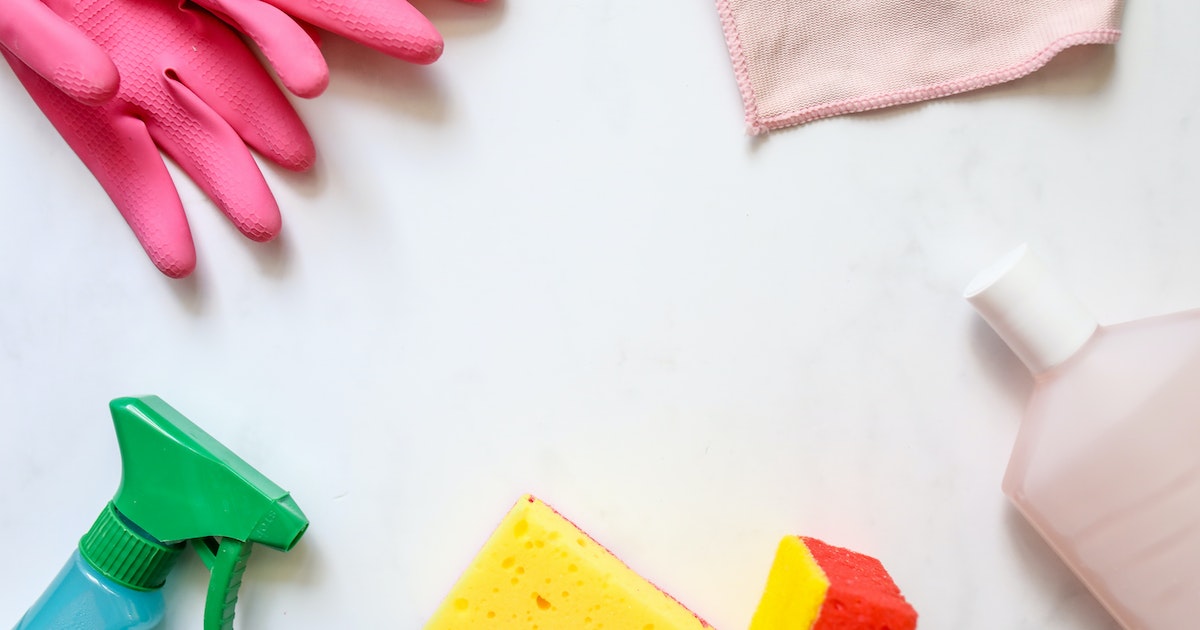
It’s not a job many of us look forward to – cleaning your oven is unpleasant, and if done carelessly it can lead to chemical burns. What’s more, if your oven has a self-clean mode, don’t use it immediately after spraying oven cleaner inside. That’s because, according to Medline Plus, using the self-clean mode after spraying your oven with oven cleaner can result in fumes that can cause respiratory distress – or even death. That would add a whole new level of awful to an already undesirable chore.
Pet pheromone diffusers

Surely something as innocent and well-intentioned as a method to calm anxious pets shouldn’t be a risk to life. You’d think not, anyway. Well think again, because some of the fluids that are diffused through your home to help poor Fido or twitchy Tiddles are flammable, and that could lead to a fire. With over 4,000 Americans perishing in house fires each year, it’s definitely something to bear in mind.
Antifreeze
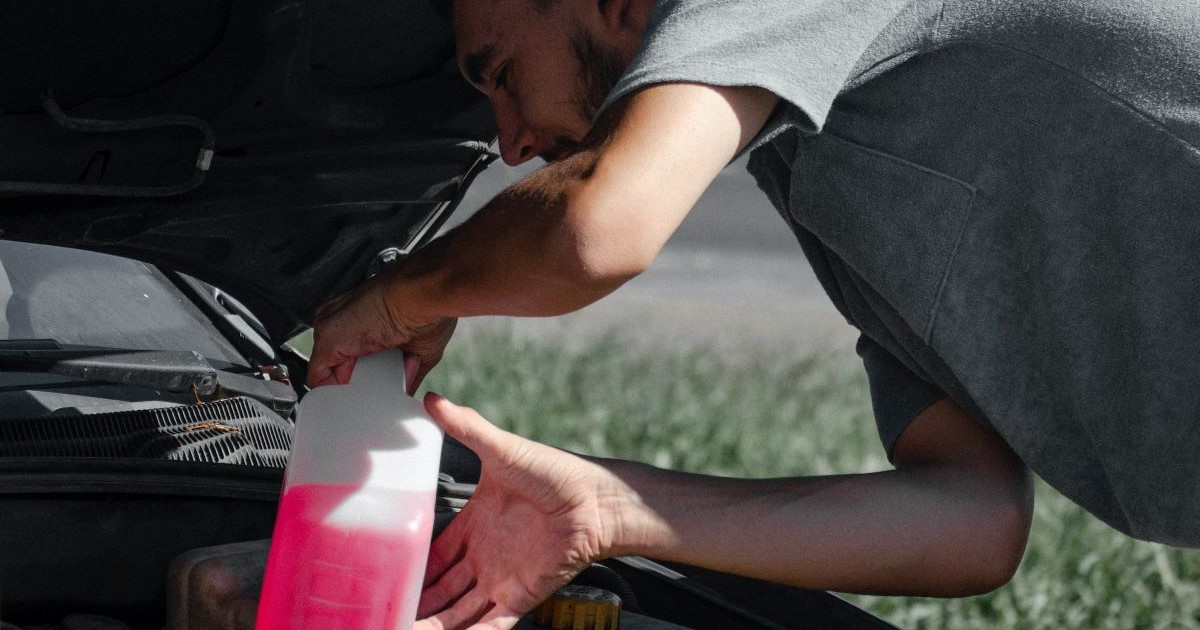
As adults, we might question why someone would deliberately drink a chemical. However, children don’t have an implicit sense of danger, especially younger children, and the sickly-sweet smell of antifreeze could lure in an innocent small human. Apparently, it has a sickly-sweet taste to match (who knew) – so it’s doubly risky. Make sure that it’s kept securely locked away out of reach, and in its original, labelled container to avoid confusion.
Exercise equipment
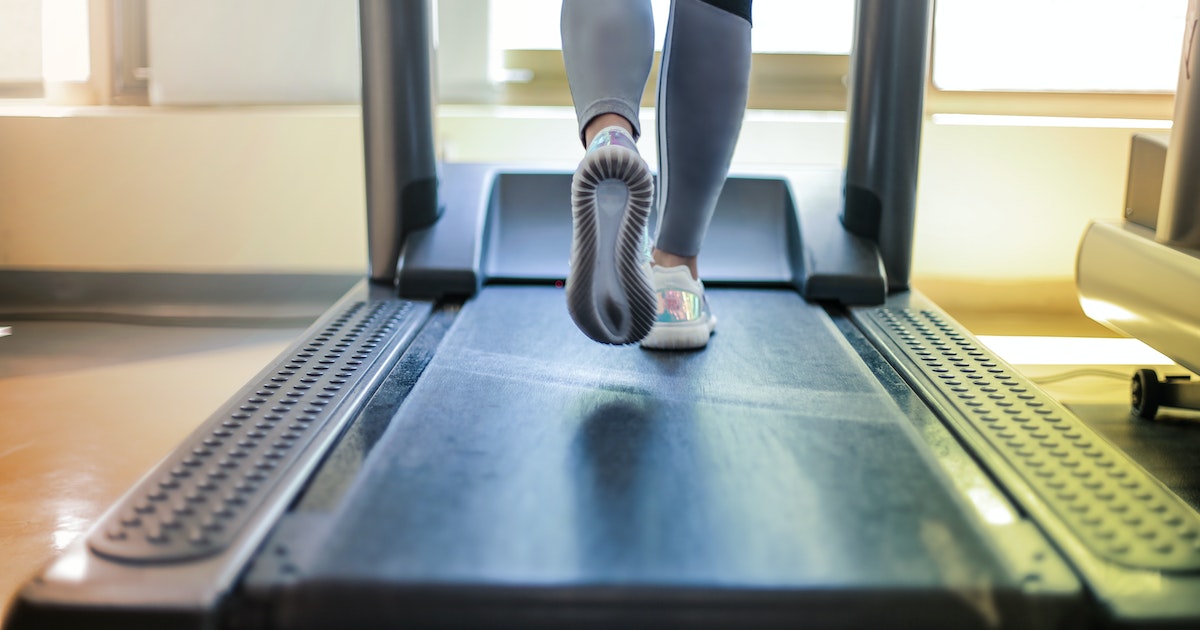
To paraphrase the well-known expression, the road to the emergency room is paved with good intentions – and treadmills are a large part of that. The chances of death from a treadmill are pretty low, but in the nine years from 2003 to 2012, the U.S. Consumer Product Safety Commission recorded 30 treadmill-related fatalities. Not to advocate you skip your home workout if you have a treadmill (or any other exercise kit), but just be careful. Safety cords are provided for a reason.
Light bulbs
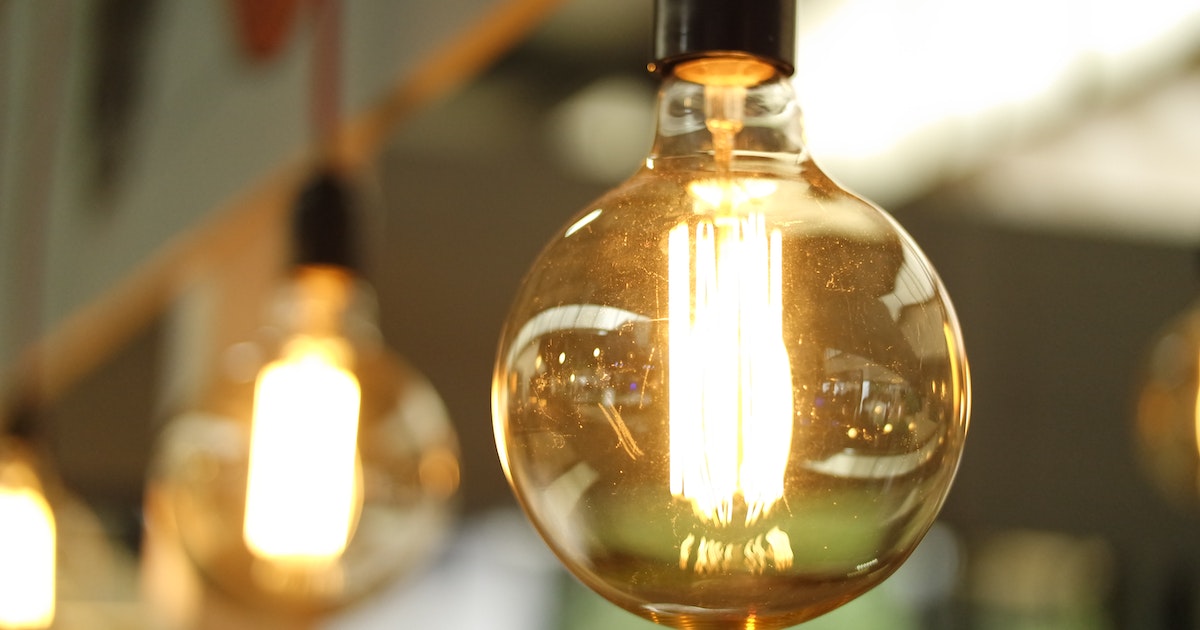
It happens on occasion – a lightbulb blows, and not just the element – the entire bulb. The obvious risk is the tiny shards of glass, but many CFL light bulbs contain mercury, which can be harmful. The World Health Organization says that exposure to mercury – even small amounts – is a threat to development both in pregnancy and early in life, and it can have toxic effects on the nervous, digestive and immune systems, and on lungs, kidneys, skin and eyes. You really don’t want mercury poisoning.
Hot tubs
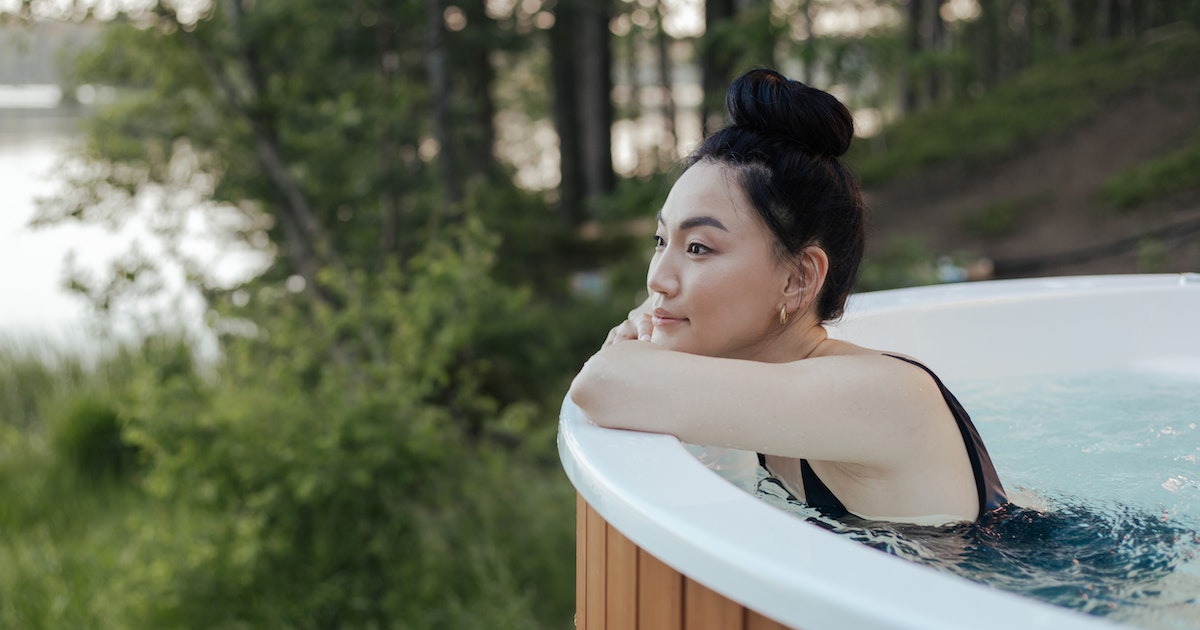
Hot tubs don’t just warm you up nicely – they can provide a toasty environment for flesh-eating bacteria too. Oh, and before you start thinking that it sounds like something from a horror movie, it’s a known condition called necrotizing fasciitis. It’s rare but it’s possible. One more thing – hot tubs can cause people to suffer potentially fatal heat exposure. Not so appealing a prospect now, is it.
Batteries
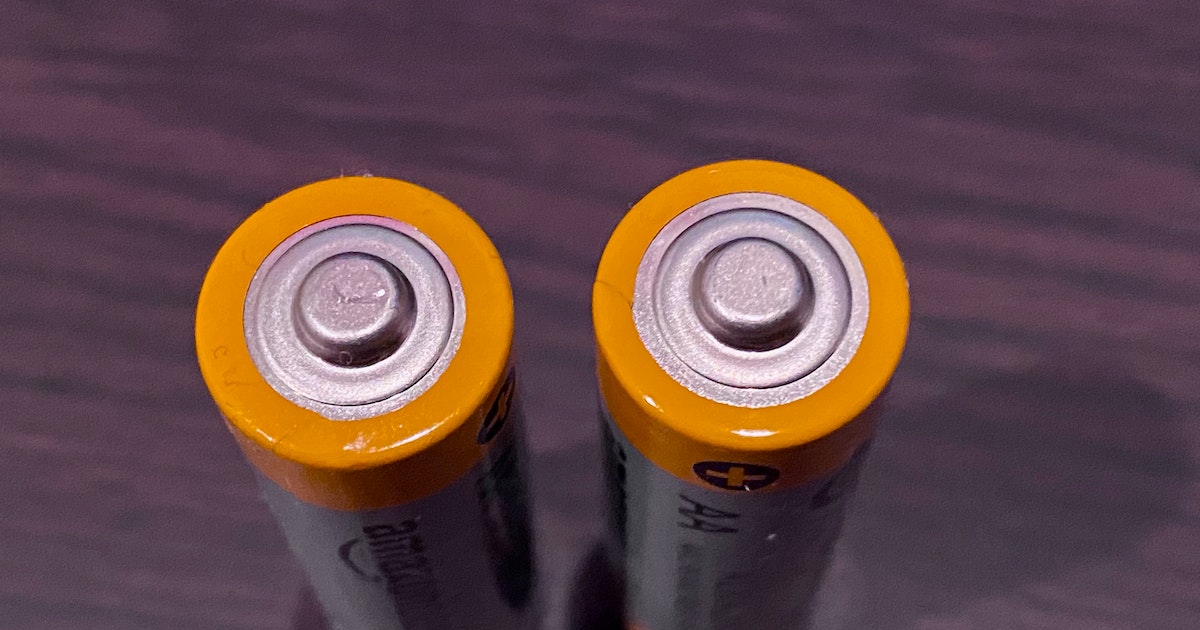
There are all kinds of batteries out there, and they all pose a small risk to health. The acid inside is highly corrosive, and can burn eyes and skin – not to mention fatally burning you internally if ingested. Admittedly, as with quite a few household items. it’s more often children and pets who are most at risk, but with batteries there is an especially high risk with button batteries – the thin circular ones that look a bit like coins. Be sure to dispose of used batteries in the proper manner – it’s not worth chancing anything else.
Firearms
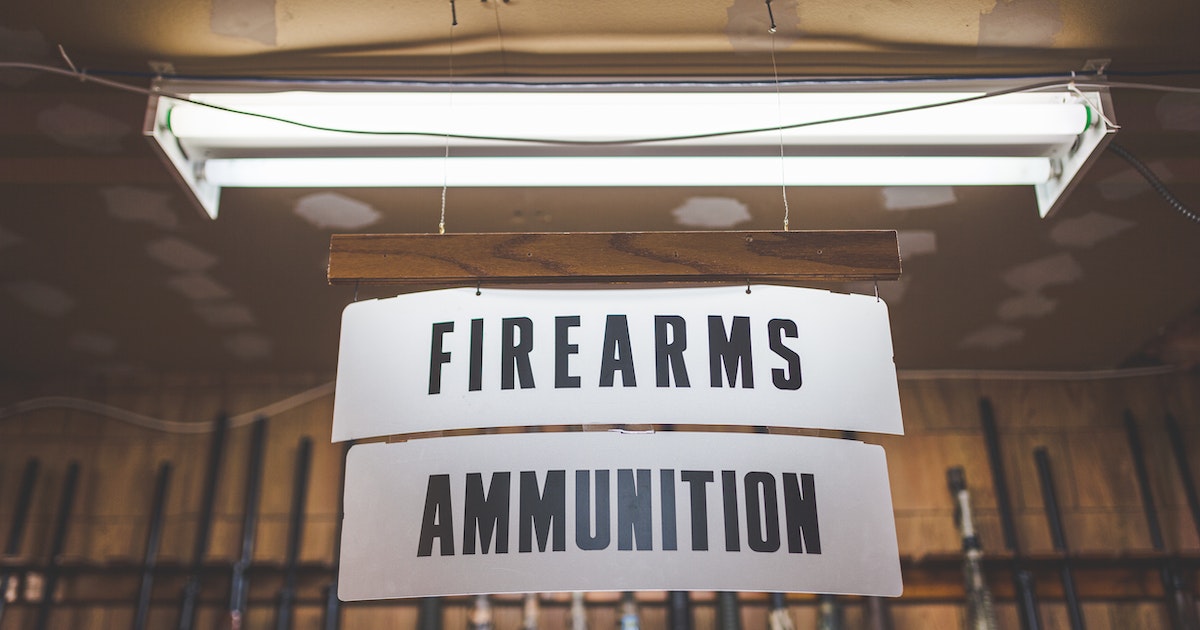
It might be stating the blindingly obvious, but we still might cease to see it. Harvard Injury Control Research Center found that, unsurprisingly, states with more guns also have more accidental deaths from firearms (no kidding). Children aged 5-14 are 11 times more likely to be killed with a gun in the U.S.A compared to other developed countries. Keep it locked away out of reach if you own a gun.
Your couch

That relaxing spot you like to snuggle into with your beverage of choice hides a sinister secret. A plethora of research neatly summarized by Harvard Medical School on the outcome of sedentary behavior (yep, sitting) shows that “too much sitting [is] linked to heart disease, diabetes [and] premature death”. So next time you’re tempted to stay curled up on your couch binge-watching your favorite show, maybe do a quick chore or two or take a short stroll round the block first.
Toothpaste
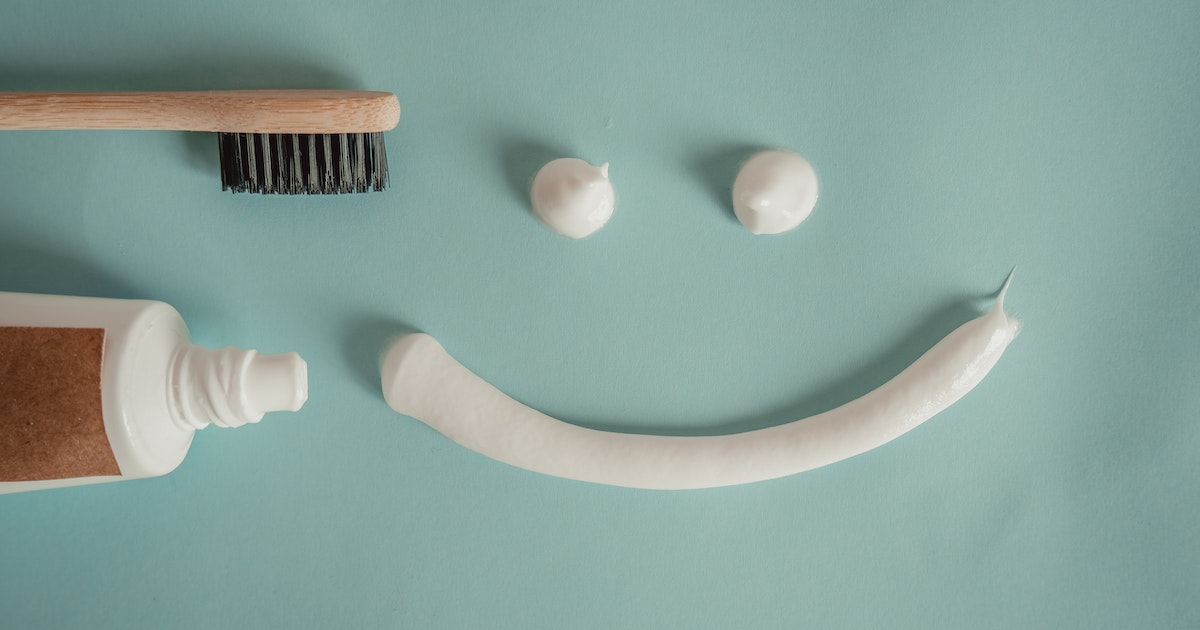
Odd that something as innocuous as toothpaste, which we’re encouraged to use twice a day, should be on a list of things that could kill you. But that innocent tube comes with a health warning to “Seek immediate medical help if you ingest toothpaste.” It’s there for good reason – according to Medline Plus, toothpaste overdose (swallowing too much) can cause stomach pain and intestinal blockage. Plus if it contains fluoride, as most toothpaste does, it gets even more worrying —convulsions, difficulty breathing, and heart attack. Stick to a pea-sized amount and don’t swallow it.
Stairs

Unless you live in a bungalow, the chances are that you have to go up and down stairs at least twice a day. Even those of us with an apartment may have to face the stairs if the elevator is out of order. So take care – it seems so easy to stroll down the stairs, but anyone can lose their footing. In fact, an estimated 12,000 people die from falling down steps each year.
Wood stove
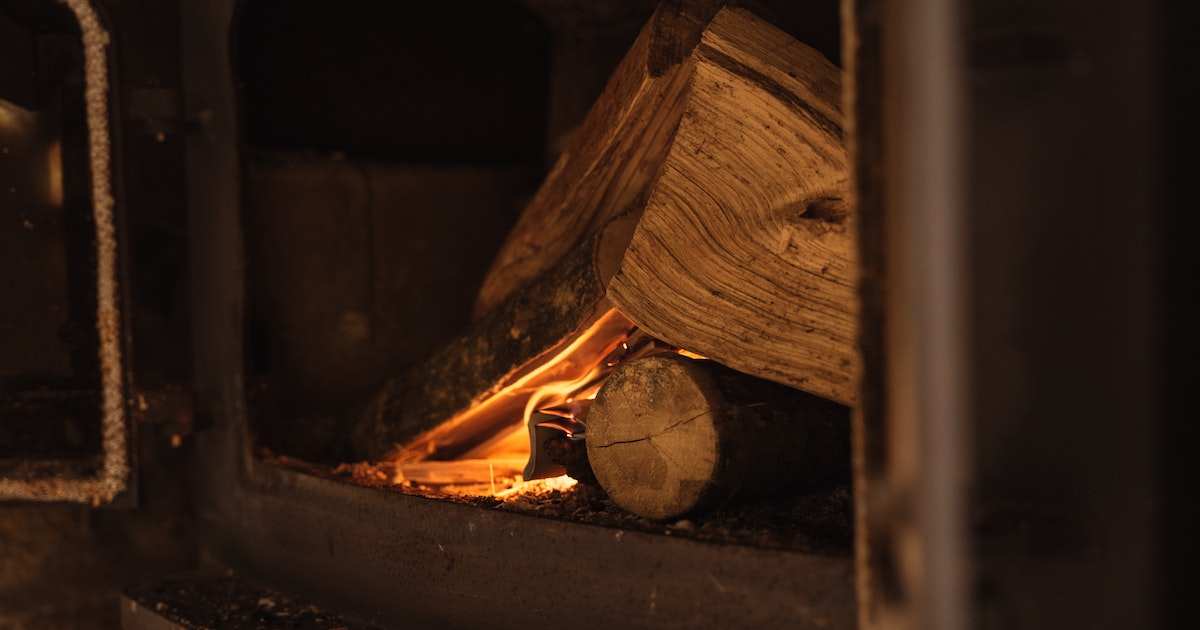
It’s the epitome of cozy, loading up your wood stove and feeling all warm and snug as you watch the flames roar on a chilly winter’s night. However, it won’t feel all that cozy and snug when you remember that, according to the American Lung Association, it could put you at risk of lung cancer. And if your stove isn’t well vented or properly serviced, it could be a serious risk for carbon monoxide poisoning or a house fire. Be sure to clean it out and get it serviced regularly to enjoy your wood stove at its best.
Hot plates
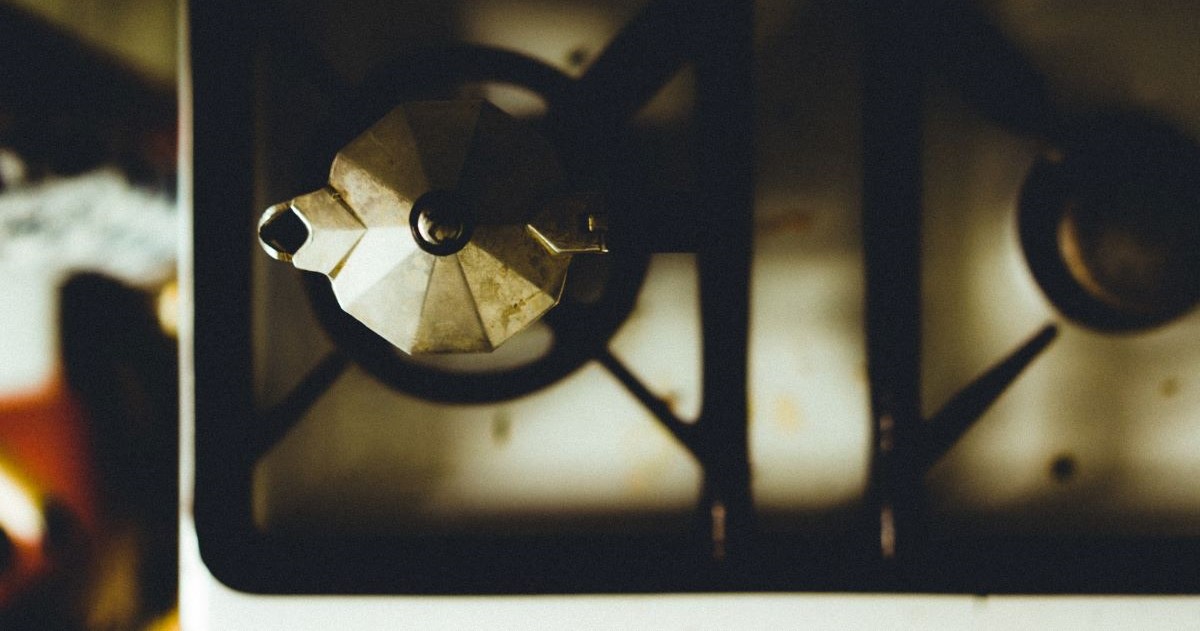
They can be a genuine boon when you’re short of space, or you need that bit more heating than your standard stove can offer, but a hot plate is not without its risks. Apart from the obvious burns, plugging in your hot plate could lead to an electrical fire if it’s faulty. What a way to ruin your dinner – setting the house on fire.
Non-stick cookware
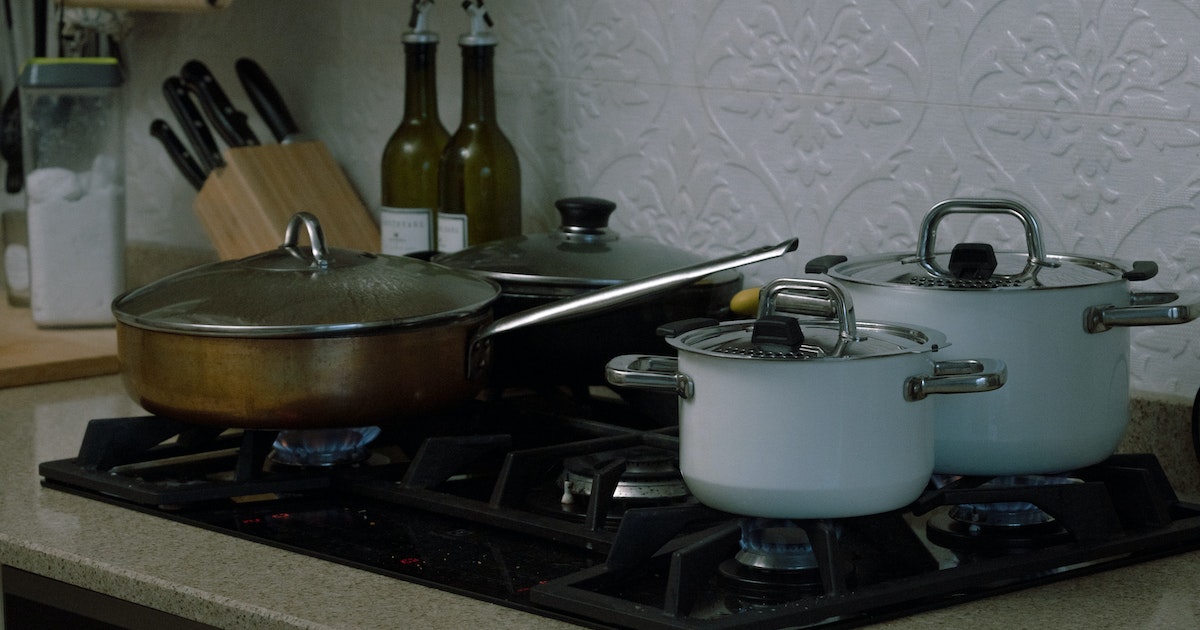
Teflon is ever so convenient compared to the hassle of having to soak and scrub and scour off burnt-on food, but annoyingly if it starts to come off, it’s time to replace it. That’s because polytetrafluoroethylene (to use its official, more complicated name) releases gases when heated to 600 degrees, which have been linked to a higher risk of cancer. So if your non-stick comes unstuck, stick it in the trash – just in case.
Damaged electrical outlets
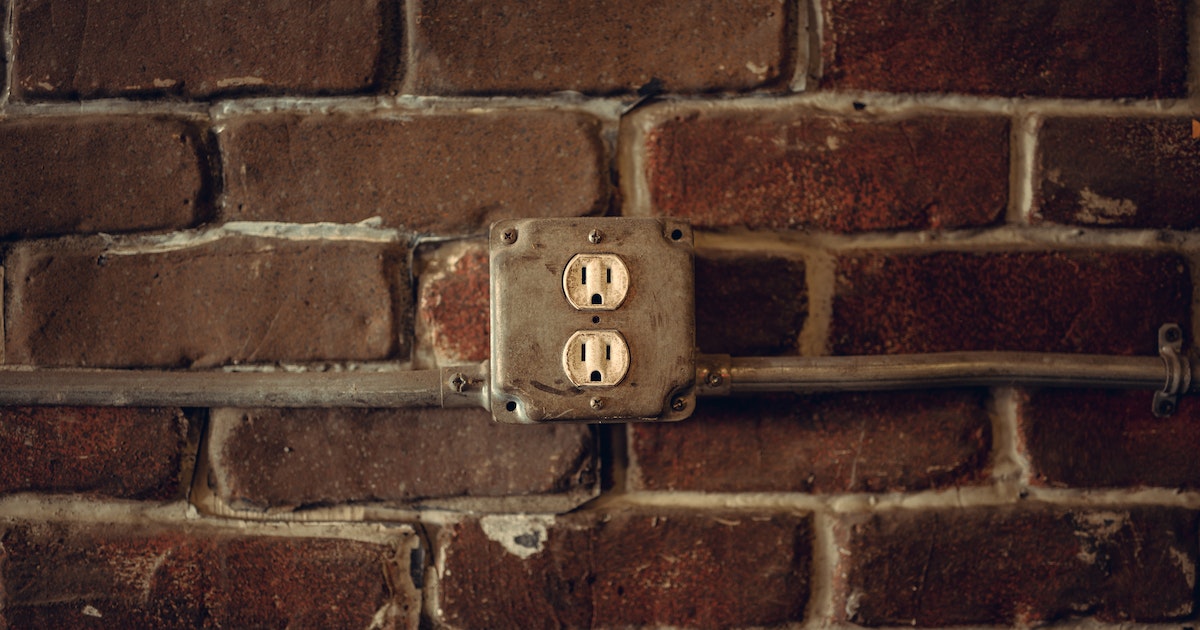
Any bright sparks among you will know straight away that this is a biggie. An exposed electrical outlet is clearly a major electrocution, with the U.S. Consumer Product Safety Commission stating that nearly 200 people die at home every year as a result of being electrocuted. So if you have even one slightly out-of-place electrical outlet, get a qualified electrician out to fix it as soon as possible. The alternative isn’t an option.
A blocked chimney
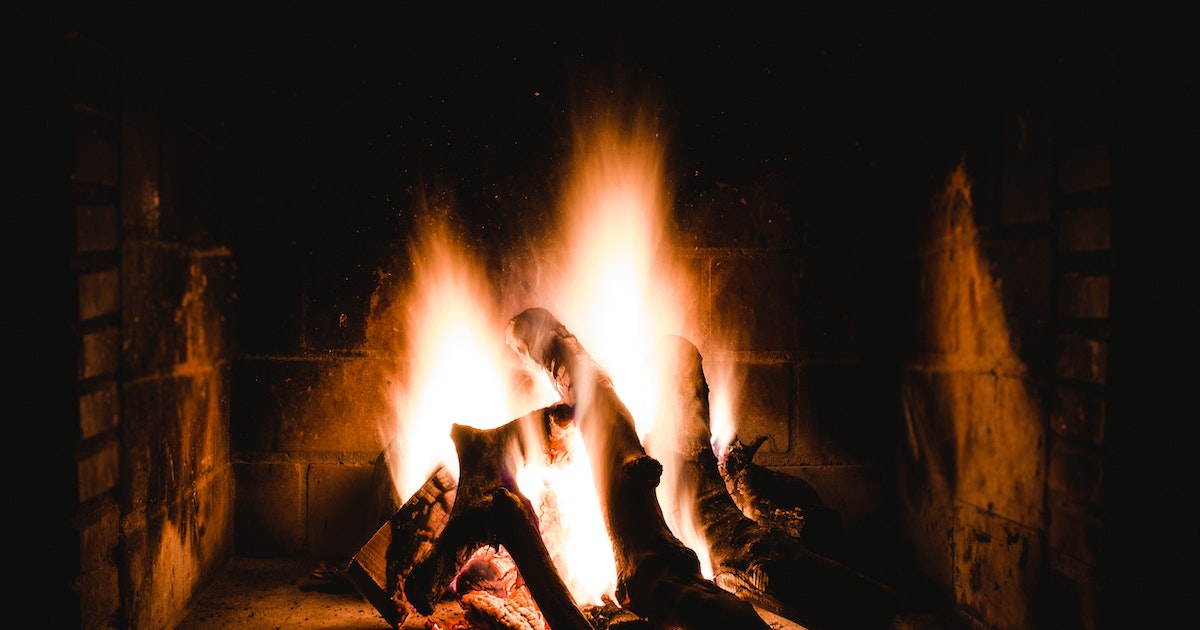
It’s hard to imagine anything more comforting than a big blazing fire in your fireplace. Yet. if you don’t get the flue cleaned each year, the buildup of soot over time leads to a very real risk of a house fire, carbon monoxide poisoning or lung damage. Not exactly a desirable list there – get a chimney sweep out before winter rears its chilly head.
Heavy furniture

It might seem unlikely – the prospect of your book-laden, free-standing furniture taking a topple onto an unsuspecting person (including you), but it happens. If you have any loose furniture, including your TV, that could tip over, take steps to secure it to the wall. It might seem like a hassle, but the U.S. Consumer Product Safety Commission found that from 2000 to 2021, heavy furniture tipping over was responsible for 592 deaths. Of those, 81% were under-18s.
Bleach
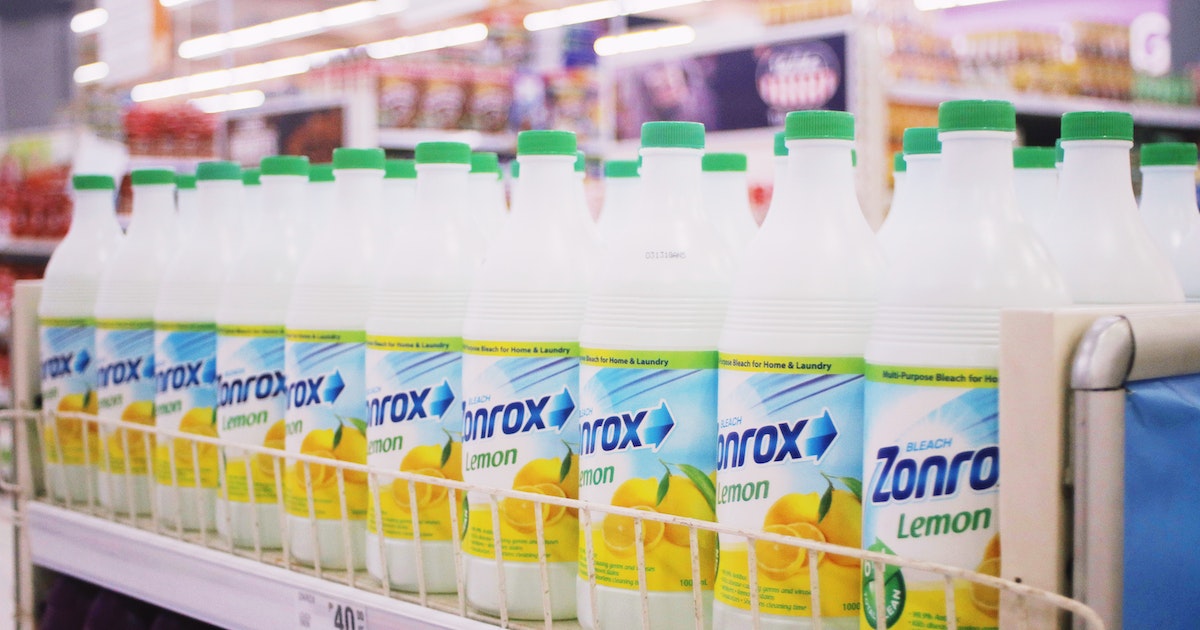
It’s rather stating the obvious, but it can’t be overemphasized – bleach is so hazardous, it bears repeating. Bleach can increase the risk of chronic obstructive pulmonary disease, and of course ingesting it will cause serious damage and even death. How anyone could drink it seems implausible, but sadly, it happens. Close it properly, keep it safely stored away from children and any vulnerable adults, and never – seriously, never – mix it with other chemicals.
Mothballs
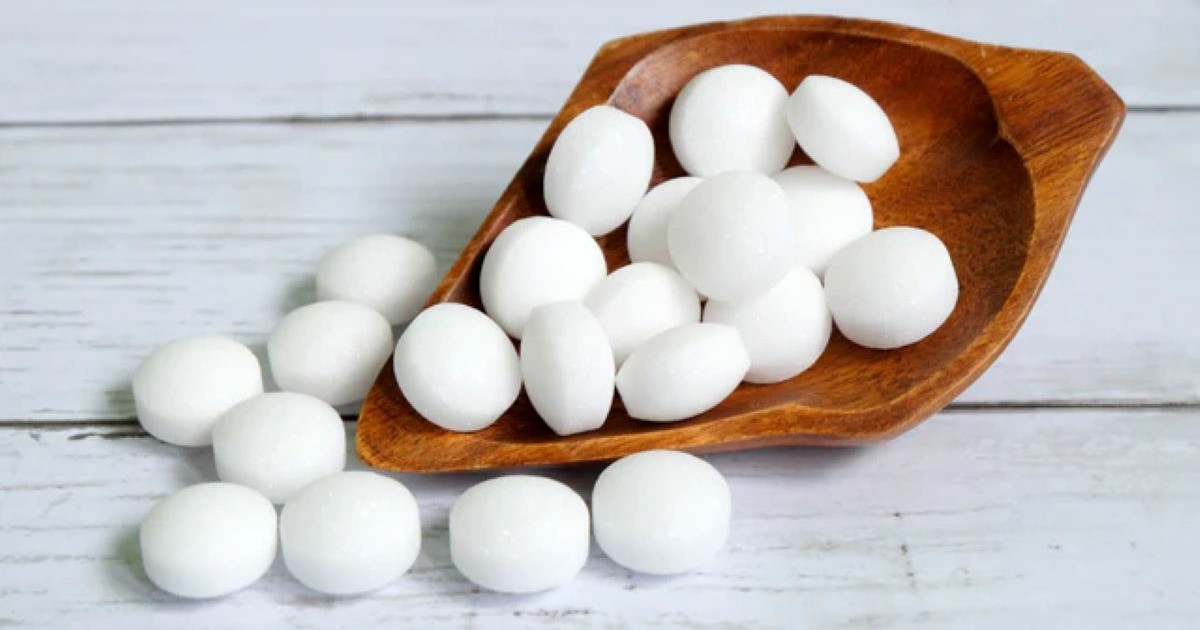
Yep. Those little white balls designed to stop moths from eating your treasured sweaters might be more of a risk than a use. The naphthalene used as a deterrent in the moth balls may be posing a serious risk to your health, frustratingly. Naphthalene has been linked to respiratory distress, headaches, and nausea, and ingesting a moth ball can cause bleeding in the digestive tract or may obstruct breathing. So next time you’re feeling peckish and the snack cupboard is all out of potato chips, don’t reach for the mothballs.
Space heaters
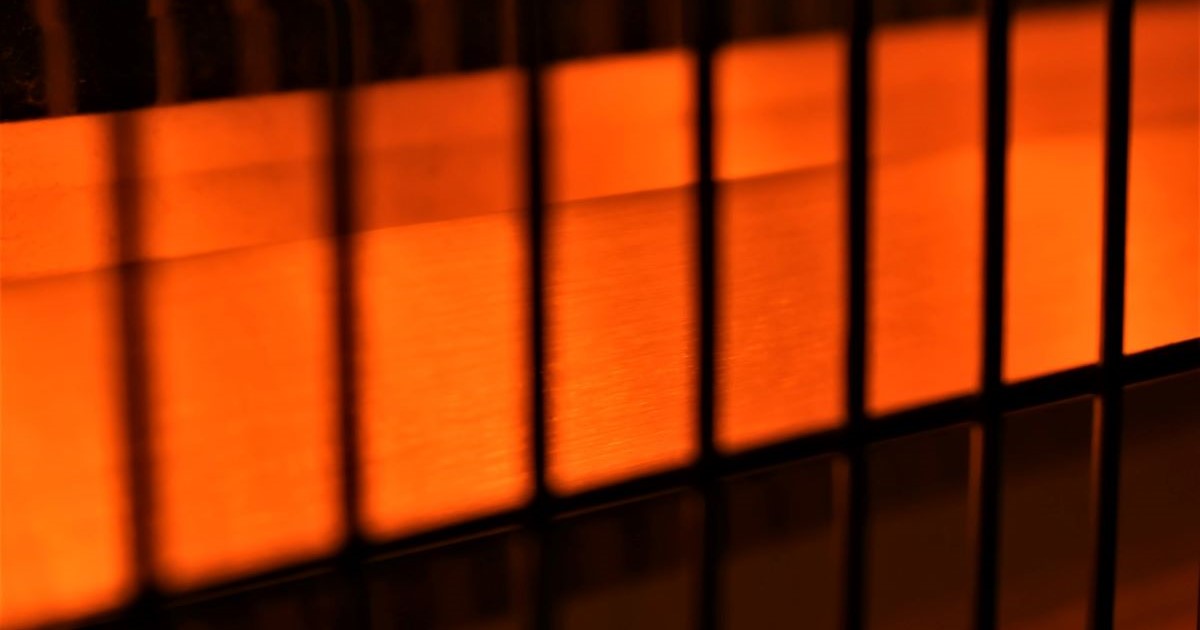
When it’s colder than your freezer outside, a space heater can help your home feel cozy and snug. Having said that, don’t assume they’re without risk. Between 2016 and 2020, according to the National Fire Protection Association, there were around 480 deaths from fires caused by heating equipment. Somewhat alarmingly, 88% of those involved space heaters. Eek. So don’t leave flammable fabrics close by, keep it clean and free of dust and turn it off when you leave. Last but not least, make sure it’s plugged straight into an outlet rather than an extension cord.
Blind cords
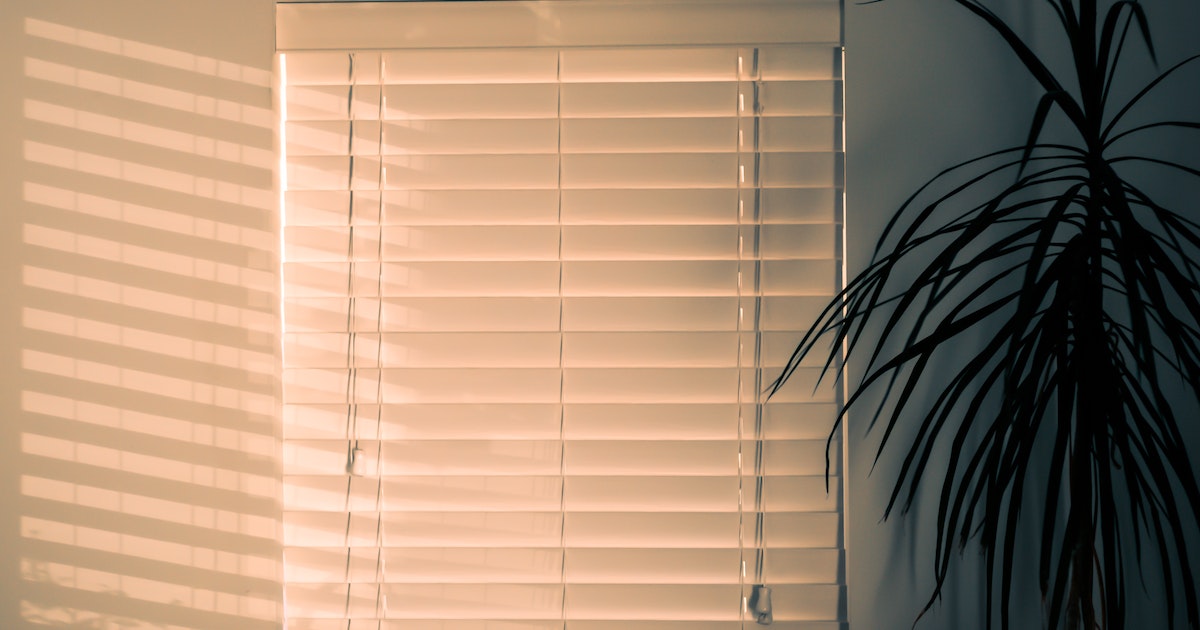
All too often there have been tragic stories of small children who have died due to getting tangled in old-style blind cords. Even now, on average, a child dies every month as a result of full-length or even mid-length cords from blinds. Even though you can no longer purchase corded blinds, many properties still have them installed. If you have young children, it just isn’t worth the risk – you can replace the blinds with curtains, shutters or even thick sheets of paper as a stopgap.
Electric blankets

It’s lovely to have your bed all toasty before you climb under the sheets, and if you are struggling with high heating bills, this could be a huge benefit. But it’s not unheard of for people to die from heatstroke due to the use of an electric blanket. The National Center for Biotech Information revealed that two people are known to have died this way (their bodies reached temperatures of 105.8 and 106.2, when a normal human core temperature is between 97˚F and 99˚F). Maybe turn it off before you go to sleep.
Blocked drains
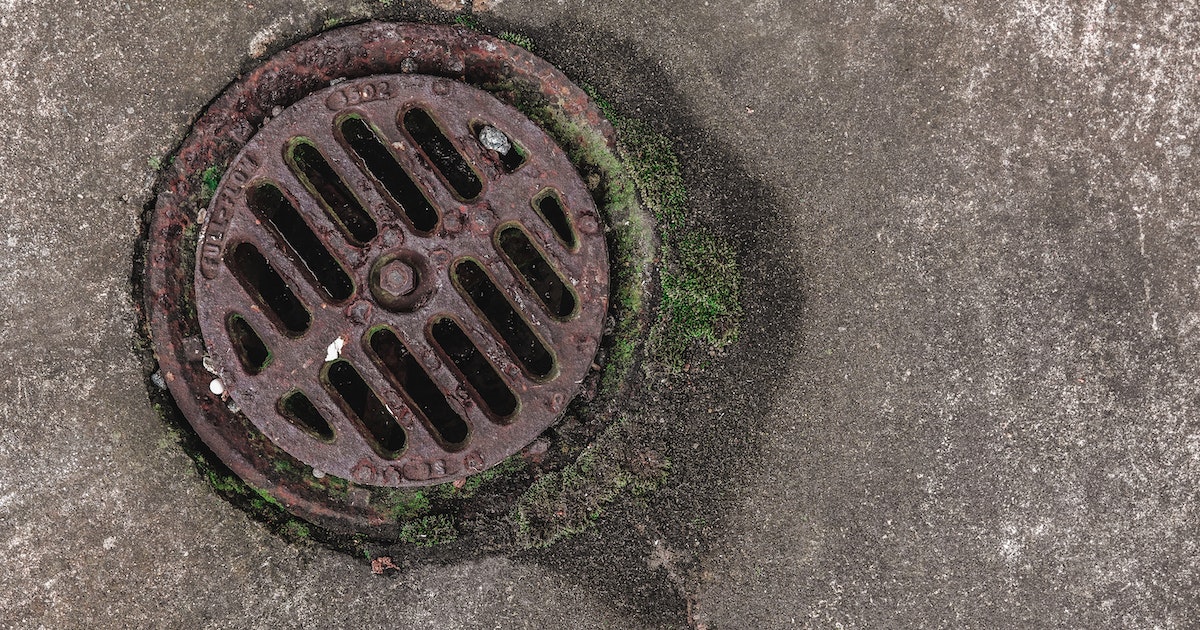
Pretty horrendous to contemplate, the prospect of a blocked drain or sewer. A blocked toilet is gross enough, so a blocked sewer is whole other nasty ball game. Methane and other noxious gases creeping into your home can cause headaches, heart palpitations and dizziness (risk of unconsciousness might, ironically, be considered a blessing in those circumstances). Time to get a plumber on speed dial.
Smoke and carbon monoxide alarms

These two should be pretty darned obvious, but house fires injure or kill over 20,000 American every year, and carbon monoxide poisoning another 500 people, so it makes sense to check your smoke and carbon monoxide alarms on a regular basis. As irritating as that little beeping noise can be, at least if you know they’ll work should the situation arise, you can cross that off your mental list.